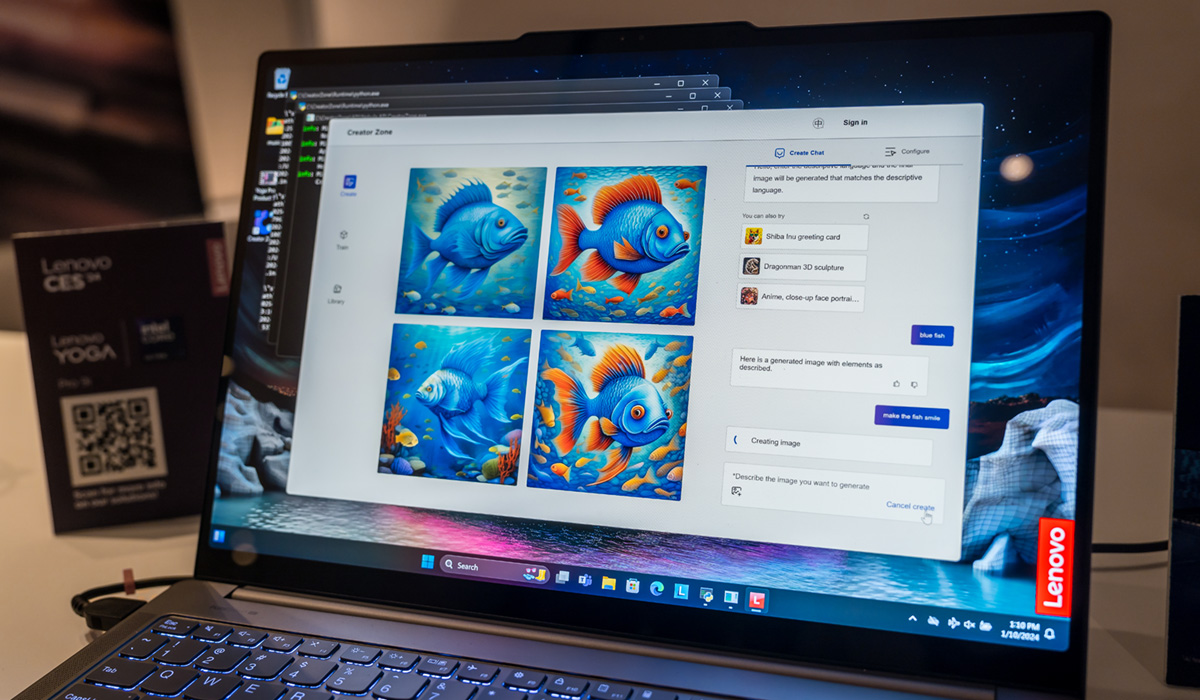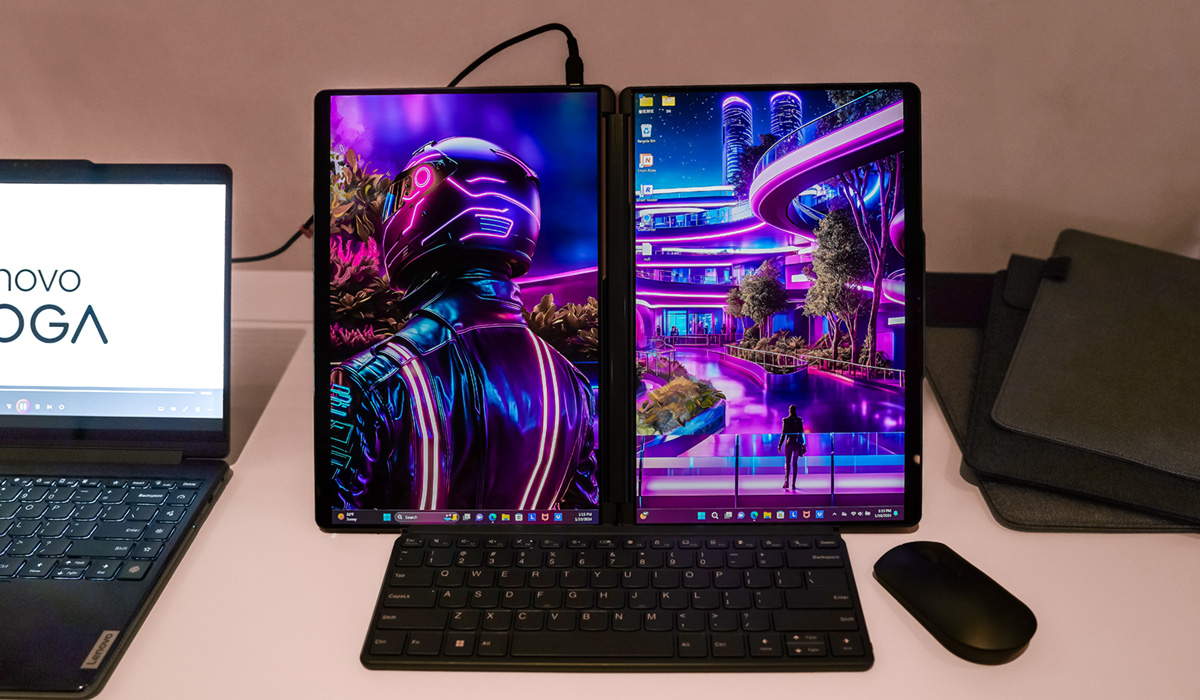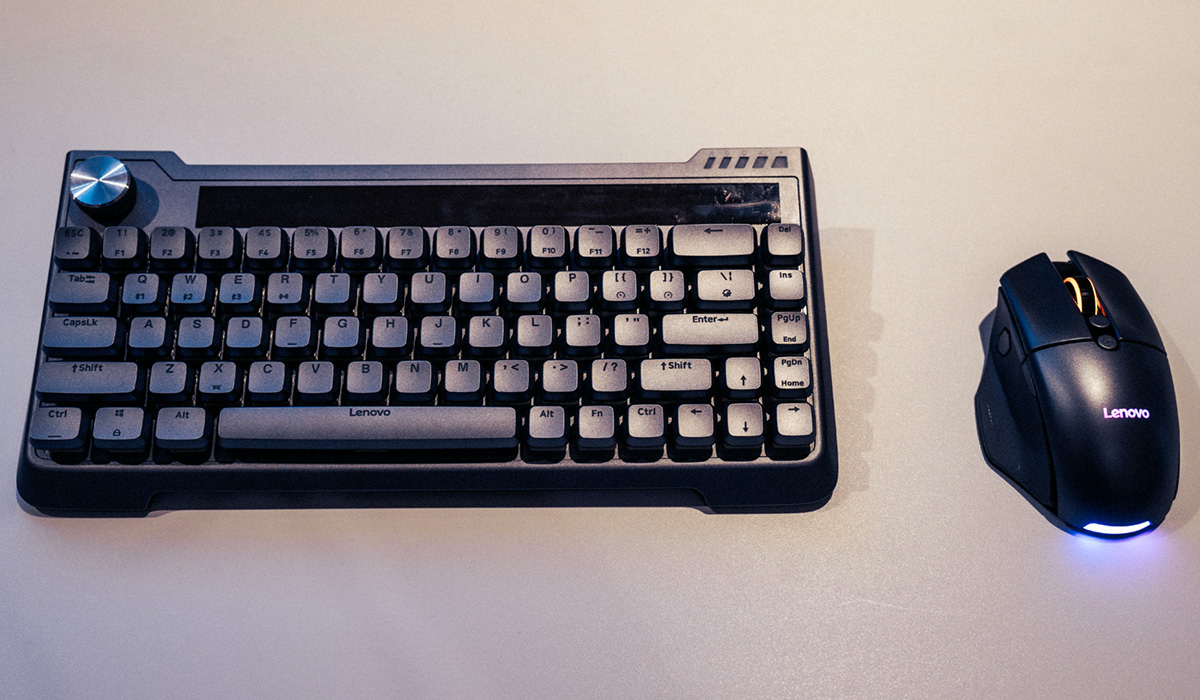
Lenovo unveiled a slew of new products for both consumer and business users, and among the standouts were a new set of Yoga creator laptops. These are only a portion of the 40+ products unveiled at CES this year, but not all are consumer-focused, which is what I was looking for.
The latest Yoga lineup includes the Lenovo Yoga Pro 9i and Yoga 9i 2-in-1, plus a refreshed Yoga Book 9i. Though not a Yoga product, per se, the new Tab M11 brings another Android tablet to the company’s lineup as well. Lenovo’s “AI for All” campaign is pushing the concept of artificial intelligence features playing a role in how you use your device. In addition, rather than just referring to Yoga’s legacy of articulating touchscreens, the branding is now considered Lenovo’s premium consumer computers.
Yoga with AI features built-in

Both the 16-inch Yoga Pro 9i and 14-inch Yoga 9i will come with a dedicated Copilot AI key to activate the onboard AI tools available. That basically means you can access AI-generated features and content without connecting to the Internet. If you wanted to try, say, generating your own images, you can simply type in a prompt and see what pops up. That’s where the Lenovo Yoga Creator Zone comes in, and it works on both laptops locally, meaning you can be in the middle of nowhere without any reception and still have a machine create images for you.
Lenovo is packaging all these tools into what it calls its Premium Suite, productivity tools to help get things done faster. New and improved microphones should make voice-activated controls and video calls clearer and easier to manage, while Dolby Atmos speakers can do the same for whatever content they output. That’s important because there’s also a native voice assistant called Lenovo AI Now Personal Assistant that will let you change various settings on your device by voice, including the ability to search through email and documents or set up meetings and video calls. The Personal Assistant likely won’t have that functionality until later this year.

What’s neat is that the Yoga Pro 9i has a cool exclusive feature where you can upload your own sketches, doodles and art to generate images based on them. I asked if that included logos or signage and a rep confirmed that it’s possible to create those using this feature. The regular Yoga 9i can’t do the same thing with uploaded assets, though the image generator otherwise works the same way.

Powering these features are a combination of Intel Core Ultra processors with a physical Lenovo AI Core Chip dealing with the AI features, and Nvidia GeForce RTX 4070 GPU handling faster visual performance. The Lenovo Yoga Pro 9i gets an extra boost from Lenovo X Power, a machine learning tuner tasked with rendering images and 3D models faster through better process allocation, meaning it will optimize performance and battery life based on what you’re doing at a very granular level.
Lenovo says these two laptops are coming out in the spring, perhaps as early as April. The company will also launch the Yoga Pro 7 as a less expensive alternative this year.
Other Lenovo gear at the show

The Yoga Book 9i stood out when I saw it last year and it’s back with a refresh in specs to the latest Intel chip, but nothing really new beyond that. One difference this time is that you can view content on it when upright that flows between the two displays. The previous model could only do that in landscape orientation, so now you could browse a webpage or look at whatever content you want splashed across both screens in either orientation.
I didn’t get to see it myself, but the 14-inch ThinkBook Plus Hybrid carries an interesting premise. Use it with the screen attached to the keyboard and it’s a Windows PC. Detach the screen and you get an Android tablet. Each side also has its own set of specs, which explains why the Windows half has an Intel Core Ultra 7 processor with 32GB of RAM and 1TB of storage, while the OLED screen (with 2.8K resolution) houses a Snapdragon 8 Plus Gen 1 chipset with 12GB of RAM and 256GB of storage. Lenovo expects to launch this unique device sometime in the spring or summer.

Another interesting move, though not unusual as an underlying theme of the show, was self-powered peripherals, specifically keyboards and mice that aren’t equipped with batteries. These were purely concepts at this stage, but there was a keyboard with some solar power, and the ability to capture the kinetic energy from typing on the keys to generate power. Continuously spinning the knob on the corner could also keep it going. The mouse is a similar story, where you can use a crank at the bottom to generate power—one minute being good enough for 45 minutes of use. Another generated power based on how much you moved the mouse around on a surface.
New Lenovo tech coming soon to Canada
You won’t have to wait too long for these devices to come out, though we’ll have to see about the self-charging peripherals. You can learn more about Lenovo’s Yoga lineup here.






